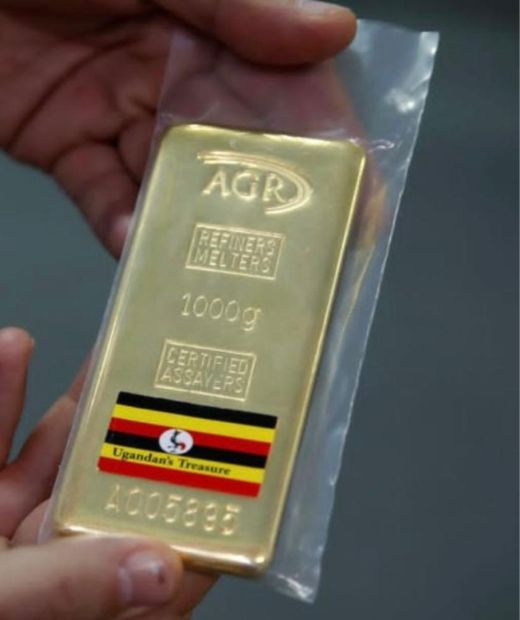Frequently asked questions (FAQs) about gold bars:
1. What is the price of gold bars?
The price of gold bars depends on the current market price of gold, which fluctuates daily based on global supply and demand. Gold bars are typically priced by weight, with the cost being calculated by multiplying the bar’s weight (in grams or ounces) by the current price of gold per unit weight. The price may also vary depending on the bar’s purity and the dealer you are purchasing from.
2. How is the price of a gold bar determined?
The price of a gold bar is determined by the weight of the bar and the current spot price of gold. The spot price is the price per ounce or gram of pure gold on the global market. Additional premiums may be added depending on the size of the bar, its brand, and other factors like shipping or certification costs.
3. What are the most common sizes of gold bars?
Gold bars come in various sizes, with the most common being:
1 ounce (31.1 grams)
10 grams
1 kilogram (32.15 ounces)
400 ounces (approximately 12.4 kilograms, typically known as “Good Delivery” bars used in large-scale trading and vaults)
Smaller bars are typically used by individual investors, while larger ones are more commonly traded by institutions and central banks.
4. Are gold bars a good investment?
Gold bars can be a good investment, especially for those looking to hold physical gold as a hedge against inflation or economic instability. Gold has historically retained its value over time, making it a safe haven in uncertain markets. However, investing in gold bars also comes with risks, such as price fluctuations and storage costs, and investors should do thorough research before buying.
5. How can I buy gold bars?
Gold bars can be purchased from reputable dealers, online gold marketplaces, banks, and bullion exchanges. When buying gold bars, it’s important to verify the authenticity of the product, check the reputation of the seller, and ensure the bar is properly certified (e.g., with an assay certificate) to confirm its purity and weight.
6. How do I store gold bars?
Gold bars should be stored in a secure location to protect them from theft or damage. Common storage options include:
Safe deposit boxes at banks
Home safes (high-quality, fireproof and burglary-resistant safes)
Vault storage with third-party services (offering insured storage)
Bullion depositories (specialized facilities for precious metals)
Each option comes with its own costs, and you’ll need to evaluate the level of security you require.
7. How do I know if a gold bar is real?
To verify the authenticity of a gold bar, consider the following steps:
Check for a certificate: Most reputable dealers provide assay certificates confirming the bar’s weight and purity.
Look for the manufacturer’s mark: Trusted mints and manufacturers usually imprint their logo or stamp on the bar.
Density test: Gold has a specific density. If you suspect a bar isn’t real, you can conduct a density test to compare it with the known density of gold.
X-ray fluorescence (XRF): This is a non-invasive test used by professionals to confirm the composition of a gold bar.
8. What is the difference between a gold bar and a gold coin?
The main difference between a gold bar and a gold coin is in their form and use:
Gold bars: They are typically larger, come in various sizes, and are sold based on their weight and purity. They are usually preferred by investors who want to buy gold in bulk.
Gold coins: These are smaller, often minted by governments, and have legal tender value. Coins may have a higher premium over the spot price because of their collectibility or historical value.
9. What is the purity of gold bars?
Gold bars typically have a purity of 99.5% or higher (often referred to as 995 or 999.9 fineness). This means that 995 or 999.9 out of 1,000 parts of the bar are pure gold, with the rest consisting of small amounts of other metals. Bars with higher purity are generally more valuable.
10. Can I sell a gold bar once I own it?
Yes, you can sell a gold bar at any time. You can sell it back to the dealer from whom you bought it, to other dealers, or through auctions. The price you’ll receive will depend on the current spot price of gold, the bar’s weight and purity, and the specific buyer’s conditions. Be aware of any transaction fees or premiums that may apply.
11. Are there taxes on gold bars?
Taxation on gold bars varies by country. In some jurisdictions, gold purchases may be subject to sales tax or VAT (Value Added Tax). In others, there may be no tax on gold if it’s purchased as an investment. Additionally, when you sell gold, you might be subject to capital gains tax on any profit you make, depending on your country’s tax laws. It’s always advisable to consult with a tax professional to understand the implications of buying and selling gold in your region.
12. Is it safe to buy gold bars online?
Buying gold bars online can be safe as long as you use reputable and trusted dealers or marketplaces. Look for dealers with positive reviews, secure payment systems, and a return policy. Ensure that the gold bar comes with proper certification and verification of authenticity. It’s also important to use secure shipping methods and insurance when purchasing online.
13. What is the difference between gold bars from different mints?
Gold bars from different mints or manufacturers are generally similar in terms of purity and weight. However, some buyers may prefer bars from well-known mints (such as the PAMP Suisse, the Royal Canadian Mint, or the Perth Mint) due to their reputation and recognition in the market. Bars from these mints may command a slightly higher premium due to their brand value.

